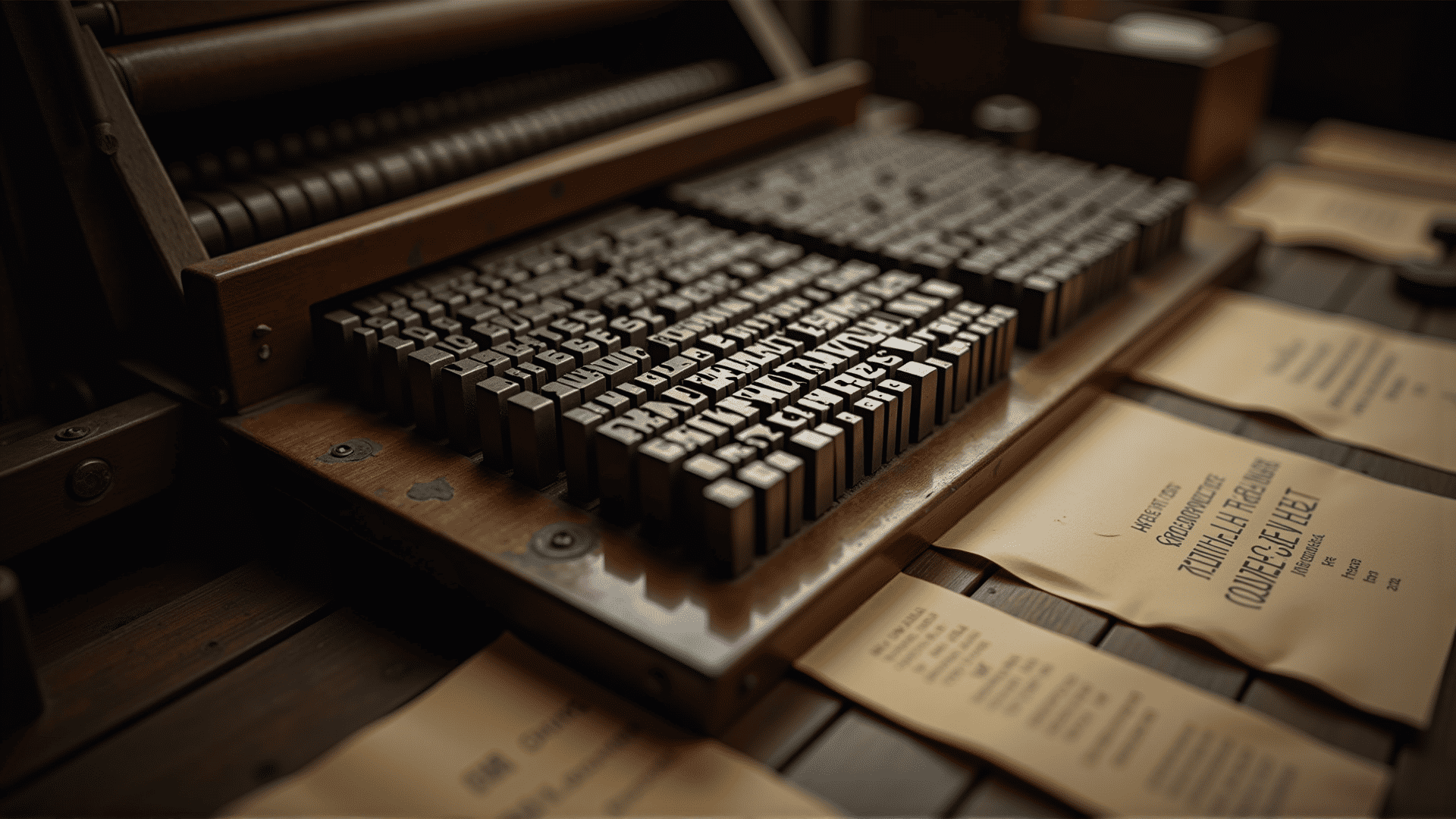Typography is an essential element in the world of visual design, profoundly influencing the experience and interpretation of information. It is not just about selecting attractive fonts but understanding the principles behind their use to create harmonious and impactful designs. This article explores the fundamental principles of typography that contribute to effective graphic design, enhancing both readability and aesthetic appeal.
Understanding Typography
At its core, typography is the art and technique of arranging type to make written language legible, readable, and visually appealing. It involves selecting typefaces, point sizes, line lengths, line-spacing, and letter-spacing, adjusting the space between pairs of letters.
Key Typography Principles
-
Legibility and Readability: Legibility refers to how easily individual letters can be distinguished, while readability is about how easy it is to read the overall text. Choosing the right typeface can significantly impact these aspects. Sans-serif fonts are often used for digital screens due to their simplicity and clarity, while serif fonts are traditionally considered more readable in print.
-
Hierarchy and Contrast: Hierarchy guides the reader's eye and informs them what to read first. This can be achieved through size, weight, color, and spacing. Contrast refers to elements being distinct from one another, such as using bold or italic fonts to highlight important text.
-
Alignment and Consistency: Alignment in typography involves placing text in a way that ties all elements coherently, making the layout look neat and organized. Consistency involves using uniform styles throughout the design to create a cohesive look.
-
White Space: Often overlooked, white space, or negative space, gives breathing room and can significantly affect the readability and overall aesthetic of a design. It's the empty space around text and images that helps focus attention on your message.
-
Color and Tone: Color in typography can convey mood and brand personality. Selecting appropriate colors for type can enhance readability as well as convey the right feeling. Bright, complementary colors may add energy to your design, while muted tones could provide a calm, sophisticated backdrop.
-
Proximity and Alignment: Grouping related elements together helps to establish relationships between different pieces of information. Alignment ensures that related elements are visually connected, guiding the reader's eye along the correct path.
-
Scalability and Responsiveness: In the digital age, typography must be adaptable across various screen sizes and devices. This means choosing typefaces and layouts that are easily scalable and maintain their effectiveness whether viewed on a large monitor or a mobile screen.
Importance of Typography in Design
Typography significantly impacts how a message is perceived. It not only makes text legible and easy to read but also enhances the emotional engagement of a viewer. Well-executed typography will lead to enhanced understanding and retention of information.
Creating effective designs relies on a deep understanding of how these principles operate in concert, allowing designers to craft visuals that communicate clearly and effectively. By mastering typography, one can transform everyday messages into an art form that speaks volumes, even before a single word is read.
